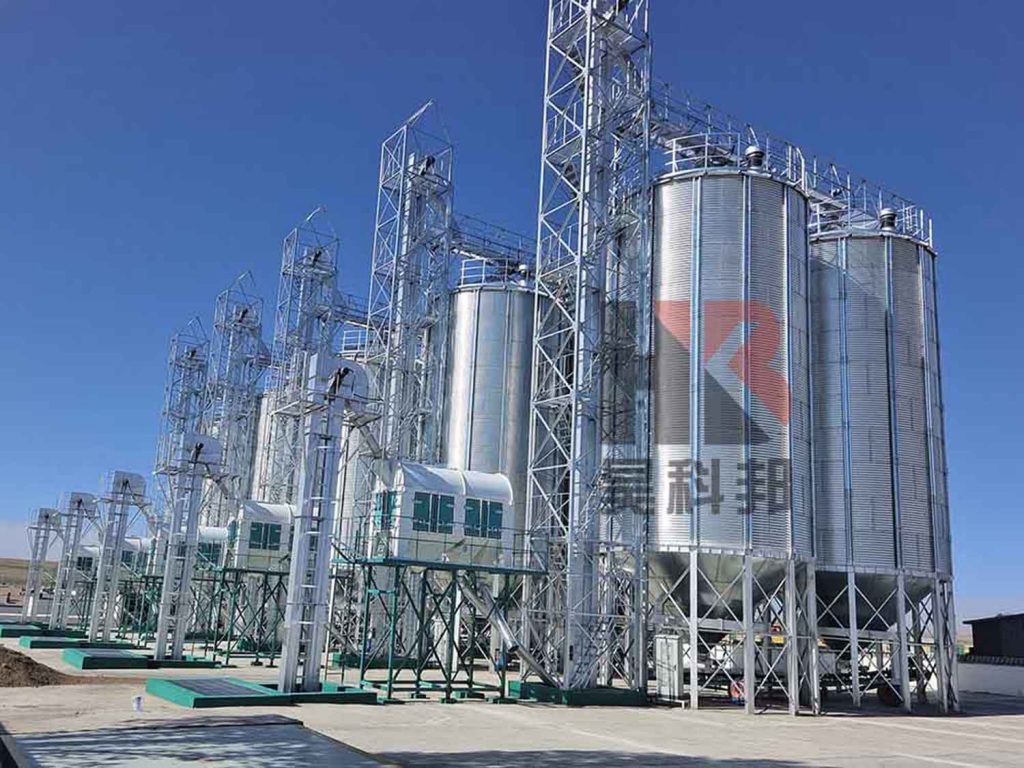The application of screening equipment in grain silos is playing an increasingly important role in grain storage and processing. It not only effectively enhances grain quality but also significantly improves the efficiency of grain storage and processing, providing strong support for grain security.

The application of screening equipment in grain silos ensures the quality stability of grain during storage and processing through precise screening.
Traditional screening equipment has limitations in processing efficiency and precision, struggling to meet the demands of large-scale grain storage and processing. For example, traditional vibrating screens often face issues like screen hole clogging and particle damage when handling high-moisture or fragile grains. This has prompted the industry to seek more advanced screening technologies to improve grain screening effectiveness and efficiency.
The application of screening equipment in grain silos is also moving towards intelligence. By installing IoT sensors (such as weight and humidity sensors), the equipment collects real-time operational data and grain physical parameters, uploading them to the Warehouse Management System (WMS). The system automatically adjusts screening parameters based on preset storage strategies, achieving precise grain grading and storage.
Modern grain processing companies increasingly emphasize the deep integration of screening equipment with processing technologies. Before grain processing, a combination screening system is used. First, probability screens separate wheat grains by particle size. Then, gravity stone separators remove stones and metal impurities. Finally, air separators clear light impurities. After three stages of screening, the purity of wheat grains can reach over 99.8%.